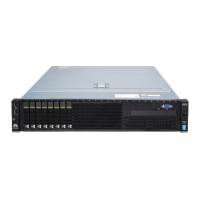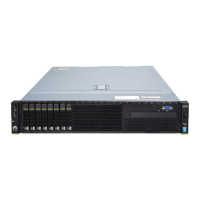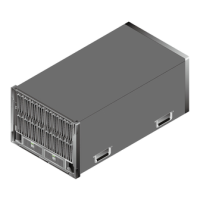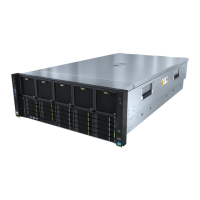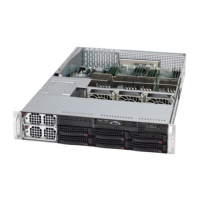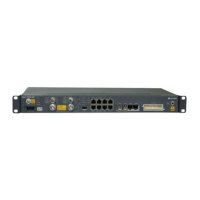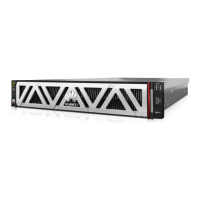PCIe A high-speed serial computer expansion bus standard designed to
replace the older PCI, PCI-X, and AGP bus standards. PCIe has
numerous improvements over the aforementioned bus standards,
including higher maximum system bus throughput, lower I/O pin count
and smaller physical footprint, better performance-scaling for bus
devices, a more detailed error detection and reporting mechanism
(Advanced Error Reporting), and native hot-plug functionality. More
recent revisions of the PCIe standard support hardware I/O
virtualization.
RAID redundant array of independent disks
A storage technology that combines multiple hard disks into a logical
unit in several ways called "RAID levels", providing high storage and
redundancy performance.
redundancy The ability of a system to keep functioning normally in the event of a
device failure by having a backup device automatically replace the
faulty one.
SEL system event log
A non-volatile storage area and associated interfaces for storing system
platform events for later retrieval.
server A special computer that provides various services for clients over a
network.
U A unit defined in International Electrotechnical Commission (IEC)
60297-1 to measure the height of a cabinet or a chassis.
1U = 44.45 mm = 1.75 in.
11.2 Acronyms and Abbreviations
A
AC alternating current
ACPI advanced configuration and power interface
B
BIOS Basic Input/Output System
BMC Baseboard Management Controller
C
CA certification authority
CLI command-line interface
CPLD complex programmable logical device
RH2288 V3 Server
User Guide
11 Appendix
Issue 32 (2019-03-28) Copyright © Huawei Technologies Co., Ltd. 296
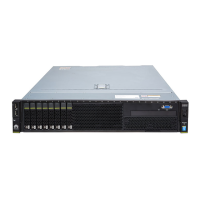
